Translated/edited from wobleibtdieerderwaermung.de.
A huge hole in the magnetically hot corona of the sun in the coming weeks will lead to a powerful solar wind and initiate hefty polar lights in the earth’s magnetic field. This will be a brief pause in the solar activity slumber that has taken hold over the past year and thus allowed cosmic rays to penetrate almost freely into the earth’s atmosphere.
NASA writes: BIG CORONAL HOLE TURNS TOWARDS EARTH!
“Coronal holes are places–big places–where the sun’s magnetic field opens up and allows solar wind to escape,” NASA writes. “A wide stream of solar wind flowing from this coronal hole is expected to reach our planet on March 23rd. The impact of the solar wind should produce magnetic activity around Earth’s poles and could spark the first auroras of northern spring.“ Source NASA.
In the HMI magnetogram the coronal hole today appears as a large dark spot on the left side (east side) of the sun and over the coming days as the sun rotates (Bartel’s Rotation) will be aimed at the earth, see the following image:
HMI magnetogram from March 17, 2017 shows a large dark hole with little magnetic activity on the sun’s surface (CH/Coronal Hole). As the sun rotates the coronal hole will be aimed at the earth and a large solar wind of electrically charged solar plasma will strike our planet. Source: sohowww.nascom.nasa.gov/sunspots/
Even though there have not been any solar sunspot activity in 2 weeks, meaning galactic cosmic rays (GCRs) have been easily reaching into the earth’s atmosphere. Now these galactic cosmic rays will be deflected away temporarily from the earth by the expected powerful solar winds.
The SILSO chart from March 17, 2017 above shows the daily solar sunspot count over the past 30 days. In early March there was a plummet from 55 to zero on March 4 and March 6-17. The month’s average (blue line) has fallen below SN 10. Source: sidc.oma.be/silso/home
Whether this results in a so-called Forbush event, where a strong fall in high energy cosmic rays such as the sort of a solar eruption, coronal mass ejection(CME), remains to be seen.
The impacts can be monitored daily using the Finnish University’s OULU which measures galactic cosmic rays (GCR).
Because of the unusually weak solar sunspot beginning in 2016, GCR intensity has increased significantly:
The above Oulu plot shows the daily strength of galactic cosmic rays (GCR) as a percent of mean value from January 2015 until March 17, 2017, top right. Due to the increasingly weaker solar sunspot activity galactic cosmic rays has increased significantly since 2015. The temporary large drop in June 2015 was caused by a so-called Forbush event, where powerful solar winds shielded the earth from cosmic rays. Source: cosmicrays.oulu.fi/
Wikipedia describes “Coronal Holes“:
Coronal holes are areas where the Sun’s corona is colder, hence darker, and has lower-density plasma than average because there is lower energy and gas levels. Coronal holes are part of the Sun’s corona and are constantly changing and reshaping because the corona is not uniform. The Sun contains magnetic fields that arch away from areas in the corona that are very thin due to the lower levels of energy and gas,[1] which cause coronal holes to appear when they do not fall back. Thus, solar particles escape at a rate great enough to create a lower density and lower temperature in that area.”
In the areas designated by A, the magnetic flied lines are closed and trap the plasma of the corona. In the area designated B (coronal hole) the magnetic flied lines extend out into space and plasma can escape.“ Source: Coronal Hole, Sebman81, CC BY-SA 3.0.
The shielding of the earth against cloud-initiating cosmic rays during the solar winds coming from the coronal hole will however be only temporary. Recall that CERN measured that cosmic rays enhances cloud formation by to 100 times.
The solar minimum of 2019/20 will bring extra cosmic rays, pink auroras, and much more.
“Dec. 26, 2016: Christmas Day 2016 brought a fantastic display of auroras to the Arctic Circle. A great many of them were pink. James Helmericks sends this picture from the Colville River Delta in northern Alaska.“ Source: pink auroras.
We will continue to watch how long the sun continues its sunspot strike, excluding coronal holes, as was the case in February 2017: Eastern Limb of Sun Feb 18th and 19th 2017 – YouTube.
Yours, Schneefan2015
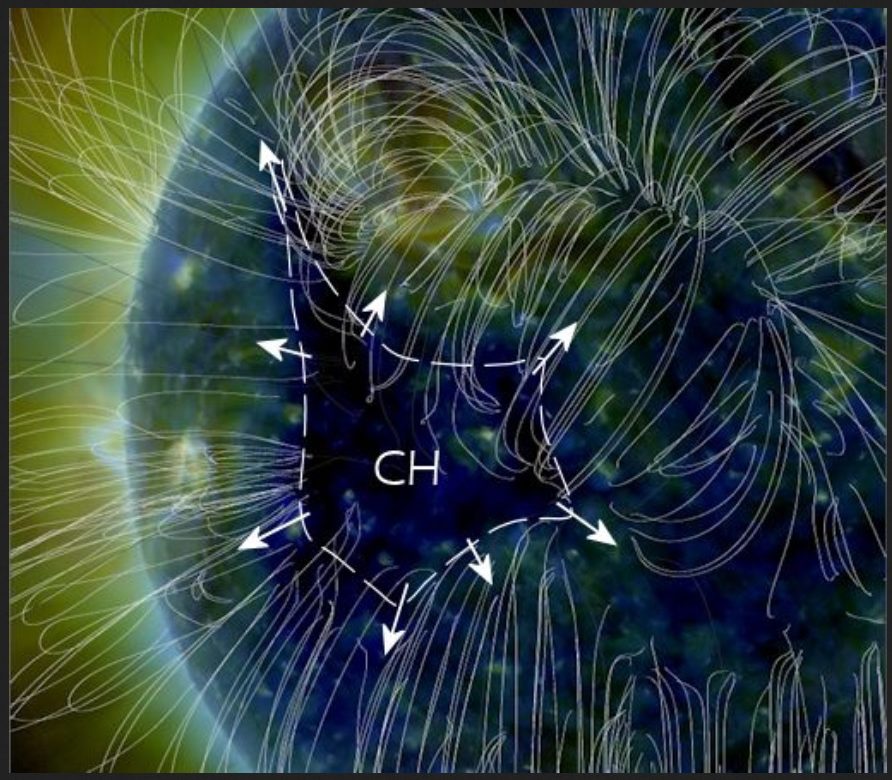
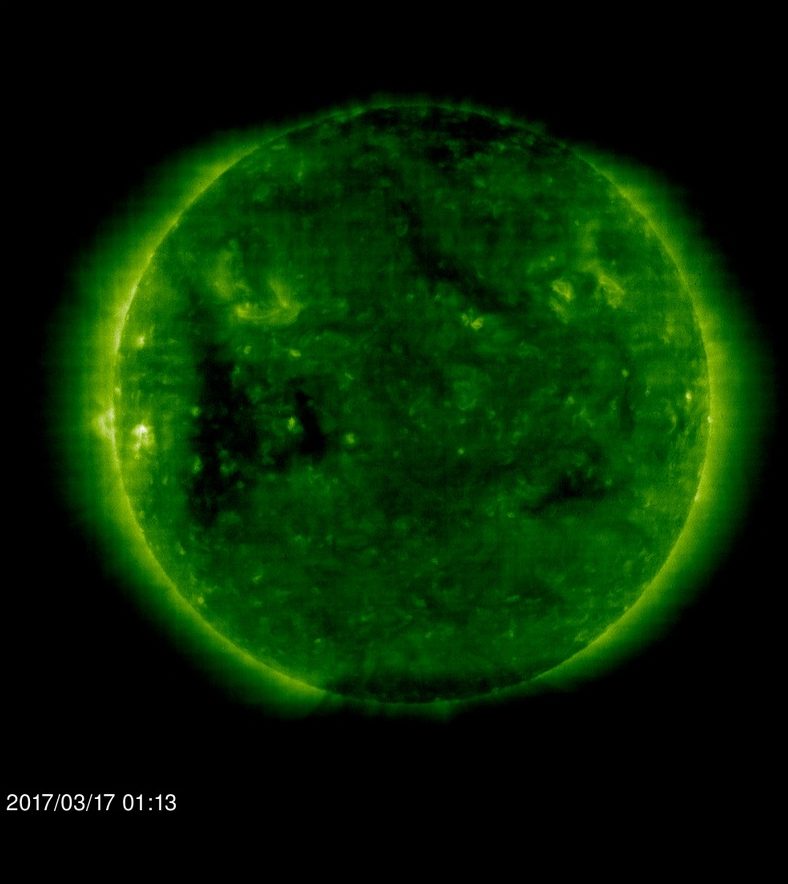
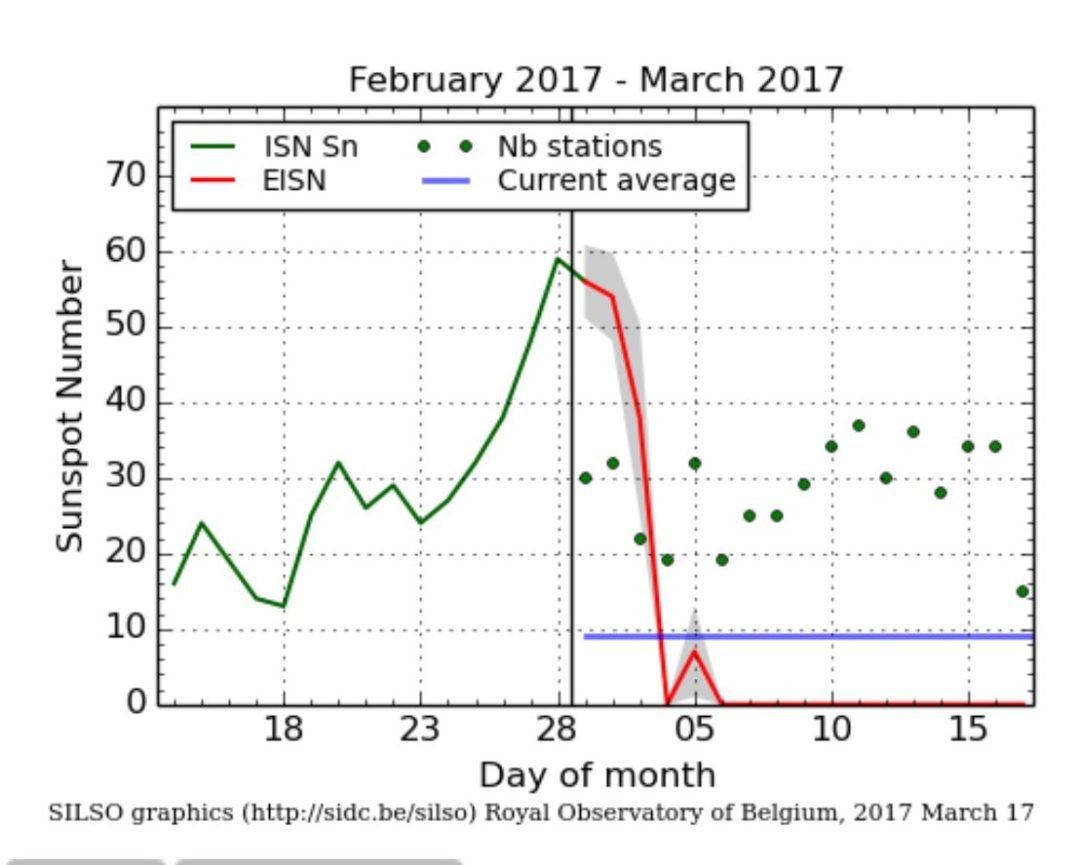
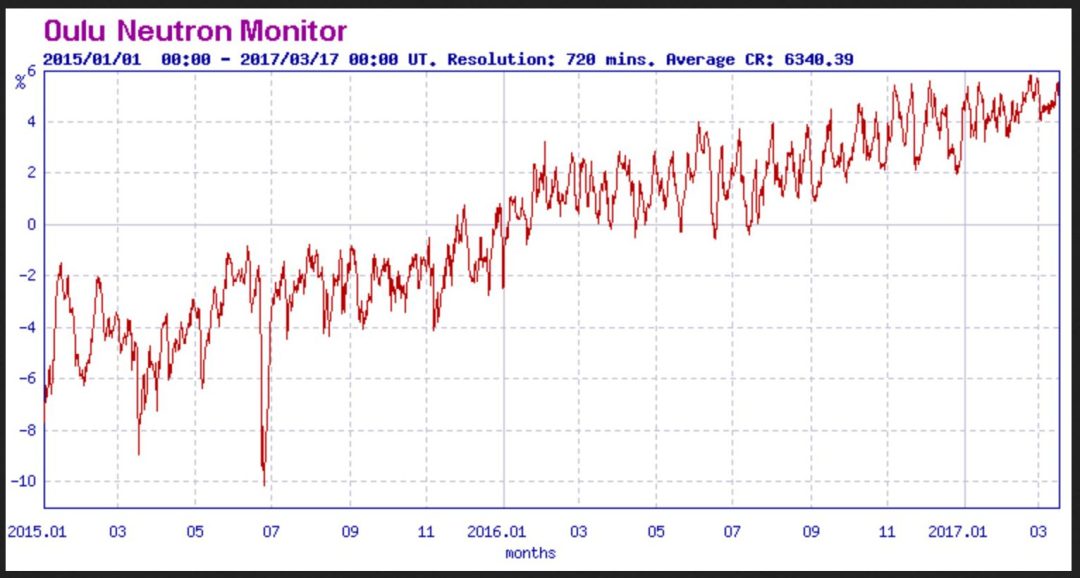
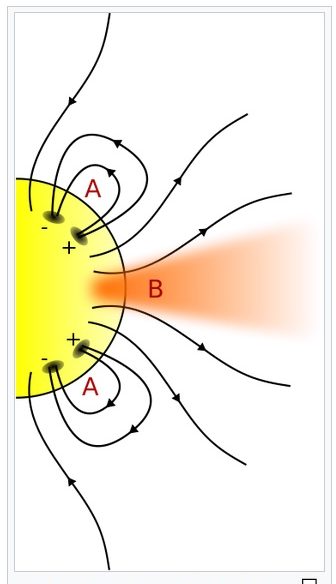
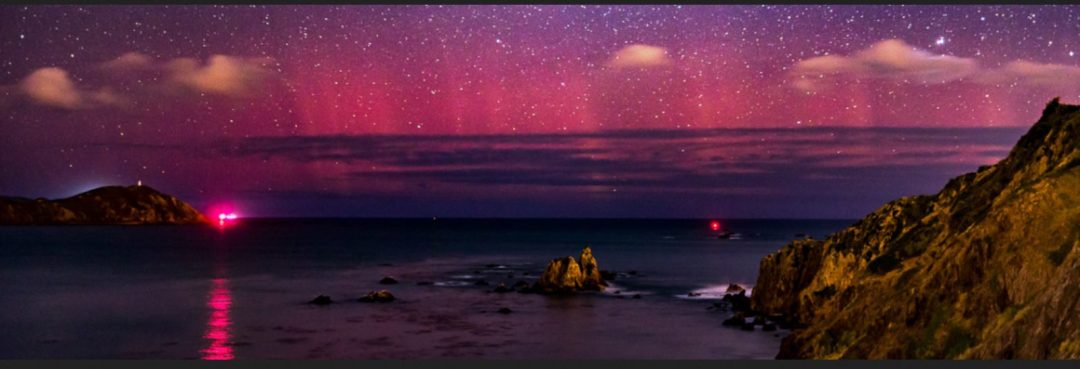





“… is expected to reach our planet on March 23rd. …”
That happens to be World Meteorological Day.
Understanding Clouds is the theme of World Meteorological Day 2017
https://public.wmo.int/en/WorldMetDay2017
Garbage…
Sparks comment reminds me of my mother’s advice to a little boy.
… during a conversation, there are several options:
Add to the topic,
Pay respectful attention,
Say something funny,
If you can’t say anything nice, don’t say anything at all; or
… go outside and play in the street.
“… go outside and play in the street.”
preferably the freeway !!
Do you think your comment added to the topic or was anything else on your list?
I know you probably hate SkepticalScience links, but: https://www.skepticalscience.com/cosmic-rays-and-global-warming-advanced.htm
And for more information abouts CERN’s CLOUD experiment: https://home.cern/about/experiments/cloud
“Cosmic rays enhance cloud formation by 100 times” … yeah sure. This sentence is garbage and probably what Sparks ment 😉
[…] second hypothesis is that a calm sun allows more cosmic rays to enter the earth’s atmosphere, and the cosmic rays “seed” clouds. The more clouds there are the less radiation will […]
Just finished an article regarding this post:
Climate “Science” on Trial; The Moment of Truth
https://co2islife.wordpress.com/2017/03/21/climate-science-on-trial-the-moment-of-truth/
[…] Qui l’articolo originale. […]